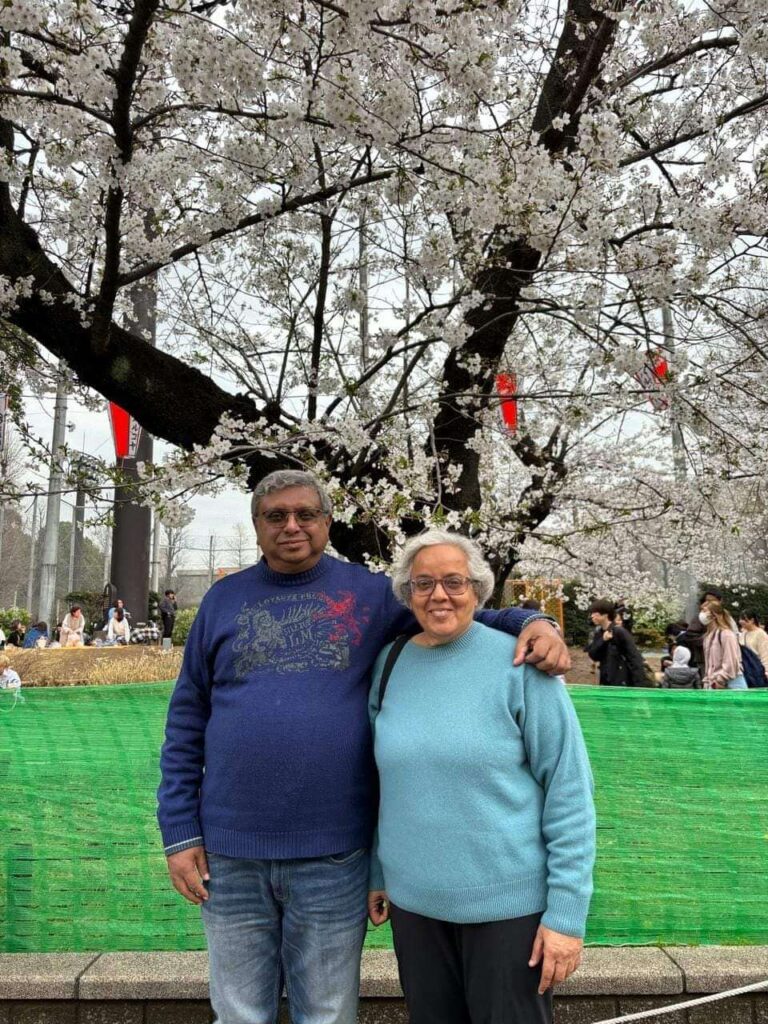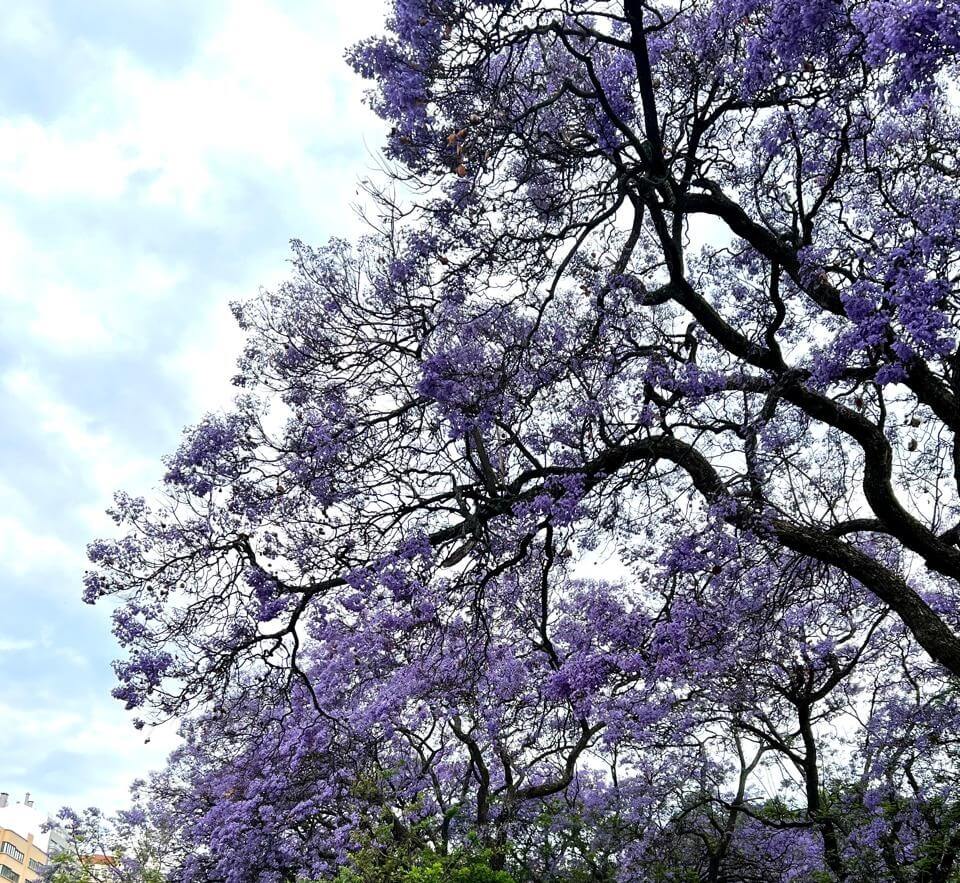Reading Time: 3 minutes
Soumya explores Japan’s cultural significance of cherry blossoms, highlighting their historical and emotional weight, resilience post-Hiroshima bombing, and role in national revival, exclusively for Different Truths.
We, along with half the world, including multitudes from India, were in Japan for the cherry blossom festival, or Sakura, as they call it.
In spring, these trees sprout pink flowers where the leaves were, after the leaves have fallen, making the trees look festooned in pink. These, over two weeks, fade and turn white, and then fall off, and new leaves sprout in their place.
As these trees are ubiquitous in Japan, lining most streets, crowding public parks as well as wild woodlands, and gracing most public buildings and private cottages, these swathes of pink and white are no doubt a beautiful spectacle.
But cherry blossoms are available in many other countries, including India. Last year, we saw plenty in Bhutan.
However, here in Japan, they’re celebrated with religious fervour.
Everywhere, people are out watching them, walking along them, and picnicking under them.
The biggest celebration is when the blossoms fall, and people party under them.
Families do it backwards, where there’s usually a bench under the trees.
Groups do it in public parks. Corporates send out their interns to capture spaces under trees and stay there through fair and foul weather, braving rains and icy winds, and alert their bosses as the blossoms start falling, and everyone rushes there and there’s wine
music and dancing.
People visit the parks at night too, and the trees are lit up. This is called the night Sakura.
But why this special attachment to this ordinary phenomenon of nature?
The story goes back to one of mankind’s most heinous crimes, the dropping of nuclear bombs on innocent civilians by the USA.
The epicentre of the bomb is preserved in Hiroshima as a peace memorial. They do not remonstrate or accuse, but try to remind the world of the horror so that it’s never repeated.
One of the most poignant pictures in the museum was a picture of a primary school class photo, with the statement that they were all victims of the bomb, and some scorched children’s clothing displayed. The bomb was timed to occur when most people are outdoors, children are going to school, and parents are going to work.
Generations later people suffered from cancer, genetic diseases, and birth defects as a result of the radiation.

Much the same as the American use of Agent Orange did to Vietnam, destroying the land and the people for generations.
The Vietnamese too do not let the world forget the American atrocities, like the Jews never let the world forget the Holocaust.
We have, however, brushed under the carpet two bigger human tragedies, genocidal atrocities, with far greater loss of lives and uprooting of people, the 1947 partition and the 1971 massacre of 30 million people in Bangladesh.
But let us return to Japan.
The much-celebrated film, Oppenheimer, a tasteless celebration of this genocide, and the American angst over it, was initially not released in Japan in order not to open wounds, but after sweeping the Oscars, it was, and I read in the papers how much people were offended by the scenes of the American celebration of the genocide.
But what does this have to do with Sakura?
When it was assumed that Hiroshima is destroyed forever and nothing would ever grow there, in spring, they noticed that a few Sakura trees had survived, and a few cherry blossoms had started to bloom.
They thus became a symbol of hope and the inspiration for the Japanese resurrection.
The results are for all to see.
That is why Sakura is the national festival, and its celebration is such an important factor in Japanese life.
Let me close with a hilarious news item that typifies Japanese characters.
A hapless intern had laid a white sheet under a Sakura tree and was guarding it diligently for his seniors, when a group of tourists, unaware of the culture, and thinking this was for them, settled down there to party. Unable to communicate and too polite, the poor intern broke down in tears because he was unable to fulfill his duty.
Pictures by the author


















